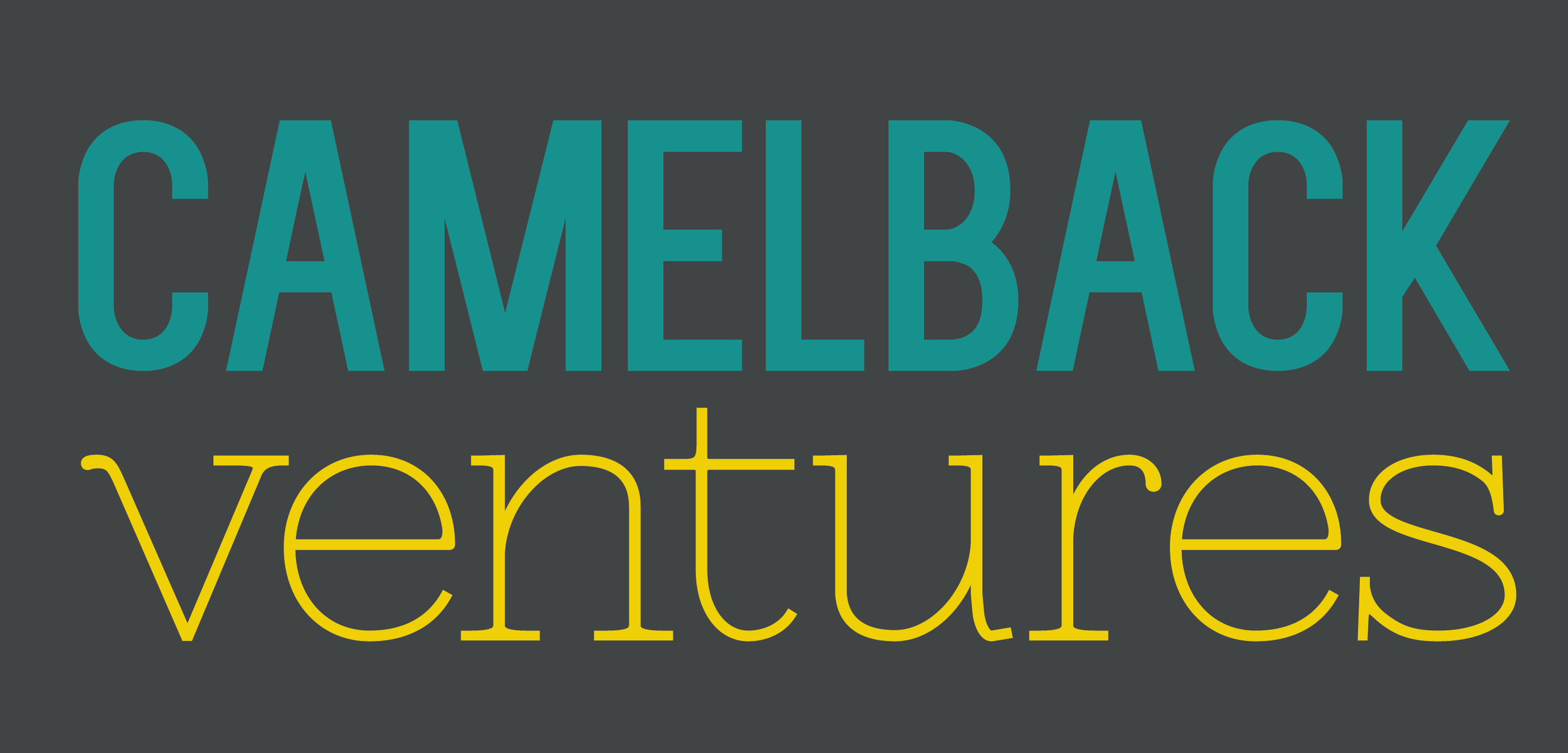Legacy, Philanthropy & Leadership Inflections
By: Sharath Jeevan, Founder of Intrinsic Labs
Legacy is a strange thing. The word itself (from my experience) can conjure up all kinds of psychological baggage for those lucky enough to have significant wealth.
Unfortunately, it’s usually unhelpful baggage, because the word tends to conjure up imagesaround obligation, duty and (yes) guilt.
Many people who are successful today are successful because of their own hard work and talent, but also because they benefited from some kind of advantageous legacy in their birth and upbringing.
Guilt and obligation can be useful motivators at times, if they spur us to think about how the dice can be reloaded for others. They can also lead to feelings of inadequacy, impostor syndrome, and a sense of fatigue.
I have consistently found that the most motivated leaders – across all sectors, but particularly Philanthropists – tend to get lost in something much bigger than themselves. This gives them a sense of what I call “big P” Purpose; immersion into a “wicked” problem where there is no easy technical solution. This forces them, in turn, to realize their relative insignificance in the face of that problem. For example, Bill Gates has made the point that even the biggest philanthropist could fund no more than a few days of any US State’s public education budget.
This sense of relative insignificance can free us. It can encourage us to play differently and bigger, and carve a unique perspective on a problem. It can also encourage us to be bold.
Humility and boldness can, in philanthropy, be useful bedfellows.
There is a paradox though. Philanthropists can rarely achieve their goals without a clear
Perspective on the problem. There is rarely a “right” answer on what that Perspective should be, as it’s something deeply personal. In Education, for example, there may be a choice between supporting individual charter schools or working with a state government to try to influence policy. The sense of how “upstream versus downstream” we want to be in our efforts is in effect a deeply personal one. We have to be honest about what drives us, and also about our time horizons; do we want faster results or can we be a patient partner to a system rebuilding?
Successful Philanthropy, then, is often about being both outside-in (taking a fresh view of the problems we most care about, and forging a unique perspective), and inside-out (knowing what deeply motivates us as individuals, and being willing to lean into that).
There’s one final paradox. Philanthropists can rarely achieve their goals alone. They must work with others, whether a non-profit organization, a government or private sector group, or a coalition. Learning how to partner effectively for mutual benefit and deep learning becomes key.
Ultimately, a partner will be more expert than us at the issue at hand. Rather than second-guessing them (to show how smart we are), we can learn to ask the right questions at the right time. Questions that reflect our ability to take a broader view of the problem, and be a trusting, supportive friend while also willing to challenge at the right times.
If you feel like you have been at the fortunate end of life (which many philanthropists have), this is the time to show real empathy and admiration for your partners and the sacrifices they make to do their work. Putting them at the center and seeing how we can help them achieve their goals can be a powerful way to achieve ours. This is where we can get the most “small p” purpose: helping and serving our partners each day, and seeing them becoming increasingly successful and influential on their own terms.
Philanthropists I have worked with often express that legacy can feel like a straight-jacket. Legacy can lead to perpetuating conventional approaches, lack of true investment, and eventually donor fatigue and frustration. This can then lead Philanthropists to blaming others, including partners.
Legacy is ultimately backward looking. It assumes (even presumes) a rear-view mirror of the world. Whereas a more helpful frame may be to think about the inflection moment ahead, about the new mountain a philanthropist really wants to climb. That shift in mindset can often be freeing and thus far more motivating and successful.
That’s why I am so excited to be exploring these themes with a new generation of Philanthropic Leaders, with Camelback Ventures and its new Metamorphic Legacy Program, particularly in its application to Racial Justice. The idea of Metamorphic Legacy is such a powerful one, combining the idea of the rearview mirror and driving decisively forward. It offers an exciting new vantage point for Philanthropists and I am excited to be contributing.
As a Philanthropist, the trick is to look forwards rather than backwards. Legacy is something your children can talk about after you are gone. Focus instead on being the best Philanthropist you can be in the here and now, based on your own perspectives, strengths and motivators.
Being the best version of yourself is the key to unlocking the best of what your philanthropic efforts can achieve.
This thought leadership piece and others like it can be found in Camelback Ventures' Giving Compass ‘Racial Equity in Philanthropy' e-magazine collection. Check it out!
_________
The Capital Collaborative by Camelback Ventures works with funders and social impact investors who want to deepen their individual and organizational commitment to racial and gender equity in order to move more money to BIPOC-led organizations and diversify power in funding. Capital Collaborative is launching a new experience designed explicitly for board members, trustees, and wealth-holders who want to examine the status quo of governance, and redefine and co-design how power is held within their funding organizations. You can learn more about how to get involved by submitting an interest form or signing up for the newsletter.


